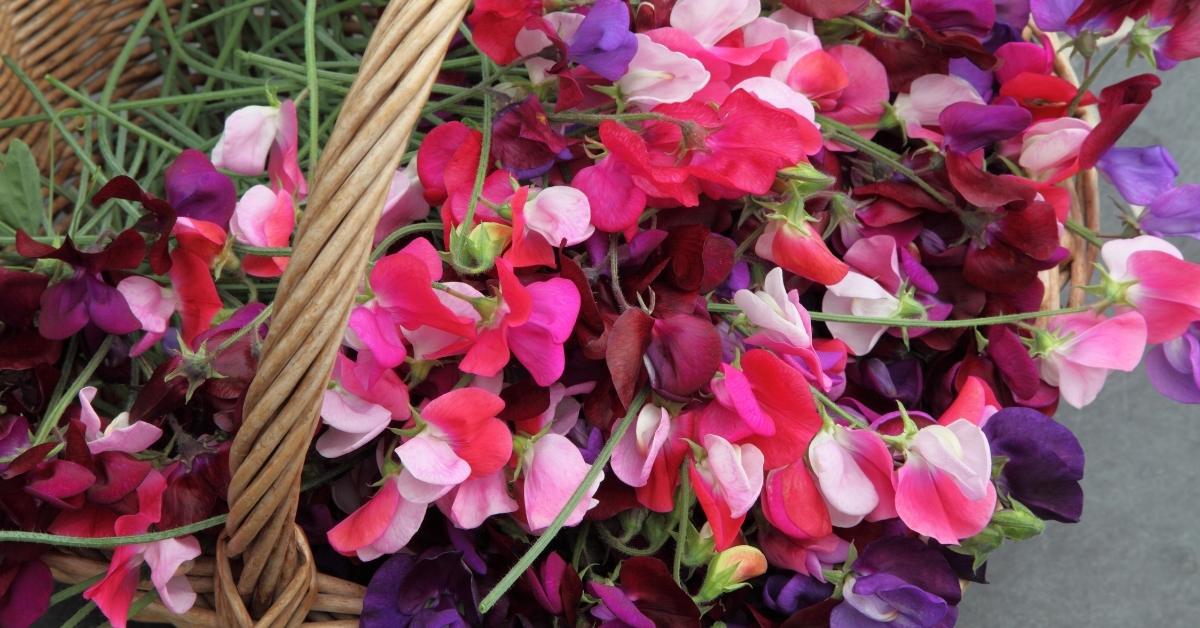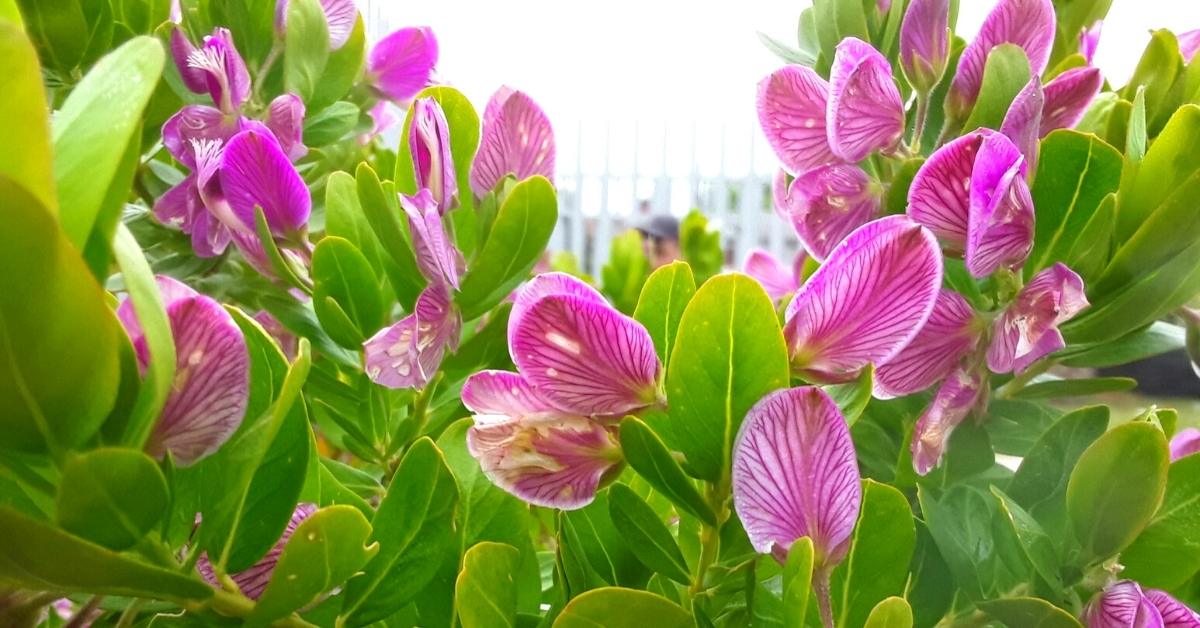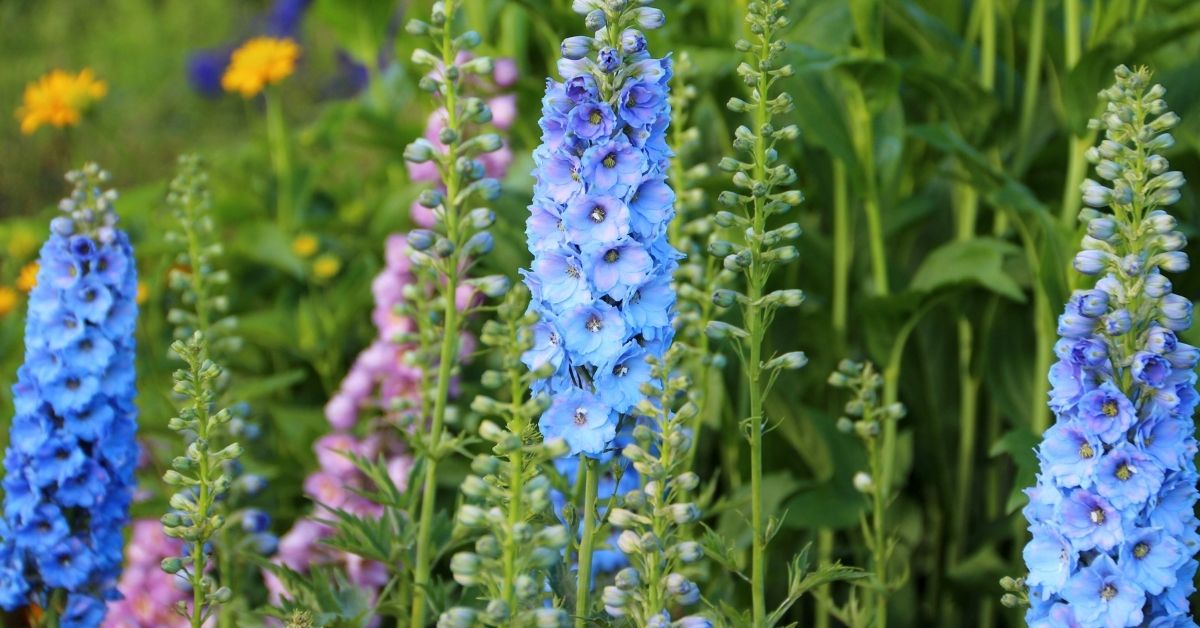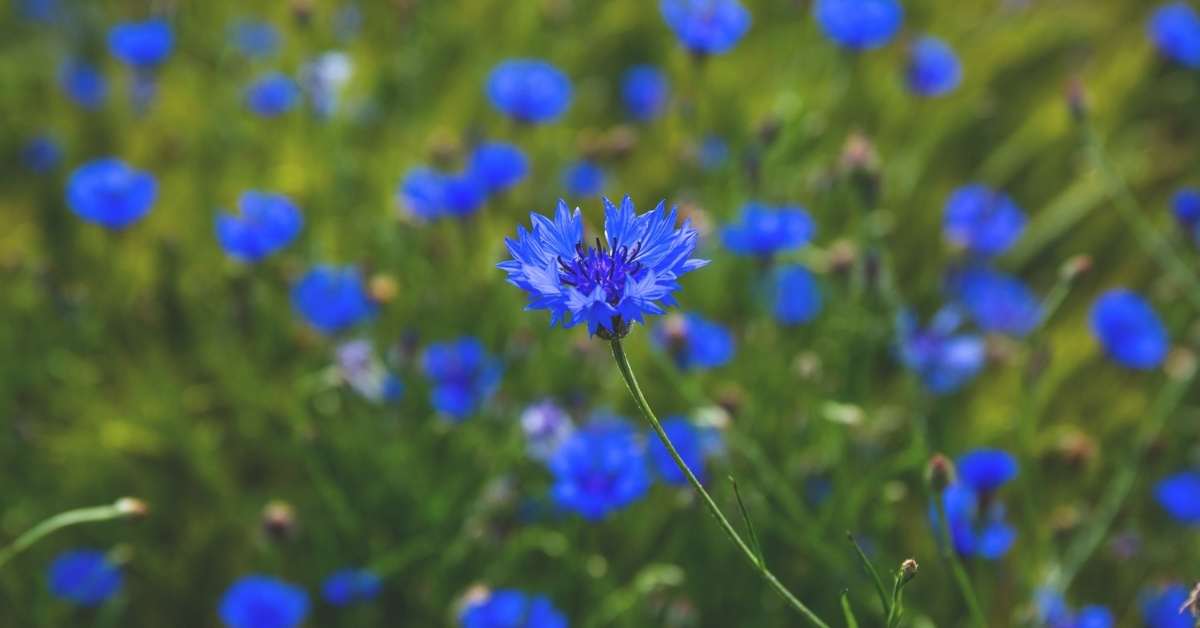The Lathyrus or perennial sweet pea family is a good plant for rough places. I’ve seen it well established in ditches out in the country and equally at home in the perennial garden.
There are several sweet peas available for gardeners, and here are the most commonly known:
L. latifolius is known as the perennial sweet pea or everlasting pea. It can grow up to 12 feet in height, and flowers are white, pink tones, and mauves.
It is not fragrant, although you’ll see references made to it being so (I think the writers get confused with the annual Lathyrus varieties and the perennial ones). This plant is the one commonly found in garden centers and nurseries in the spring.

Growing Perennial Sweet Pea
This plant is hardy to zone 3 and will tolerate well-drained soil (read dry) once established. It does tend to disappear on clay as the winter wet rots it off.
It prefers full hot sun, although it will tolerate a little morning or late afternoon shade. The difficulty in growing it in the shade is that flower production drops dramatically. The vine survives, but all you wind up with is the green foliage.
It propagates itself from seed. Prolifically! Once established in a garden, it can be a bit difficult to eradicate as it flowers and self-sows with great vigor. The flowers in white, pinks, and mauves are quite lovely and make decent cut flowers.
It is a wonderful plant for covering banks and mounding itself over nearby shrubs to provide blooms in mid-summer after the shrub has finished blooming. It will tend to be very aggressive, though, and “eat” the shrub, covering and shading the shrub leaves so they tend to die off.
The books show these lovely pictures of this plant over shrubs; they don’t show the shrub several years later.
It has escaped from gardens and is now naturalized in North America.

Prune it back to ground level in the fall.
L. palustris or marsh pea is sometimes seen in warmer gardens (zone 6 and warmer). This is a bog-type perennial sweet pea with purple-blue flowers. You’ll have to search for seeds as it is not found in regular garden centers or seed racks.
L. sylvestris or narrow-leaved everlasting pea, or flat pea, is another garden-worthy plant. It is slightly more tender than L. latifolius; it has a darker mauve-red flower and only grows to 6 feet in height. It is more of a garden plant than a climber.
L. vernus or spring vetch is a bushy type of perennial sweet pea that grows to 24 inches tall. The flowers are reddish-violet, and this plant grows well in the perennial border when planted between other plants that will support it.
Seed is more readily available, and specialist mail-order nurseries may even carry distinct cultivars such as ‘Roseus’ a rose-red or ‘Albo-roseus’ a rose-white.

